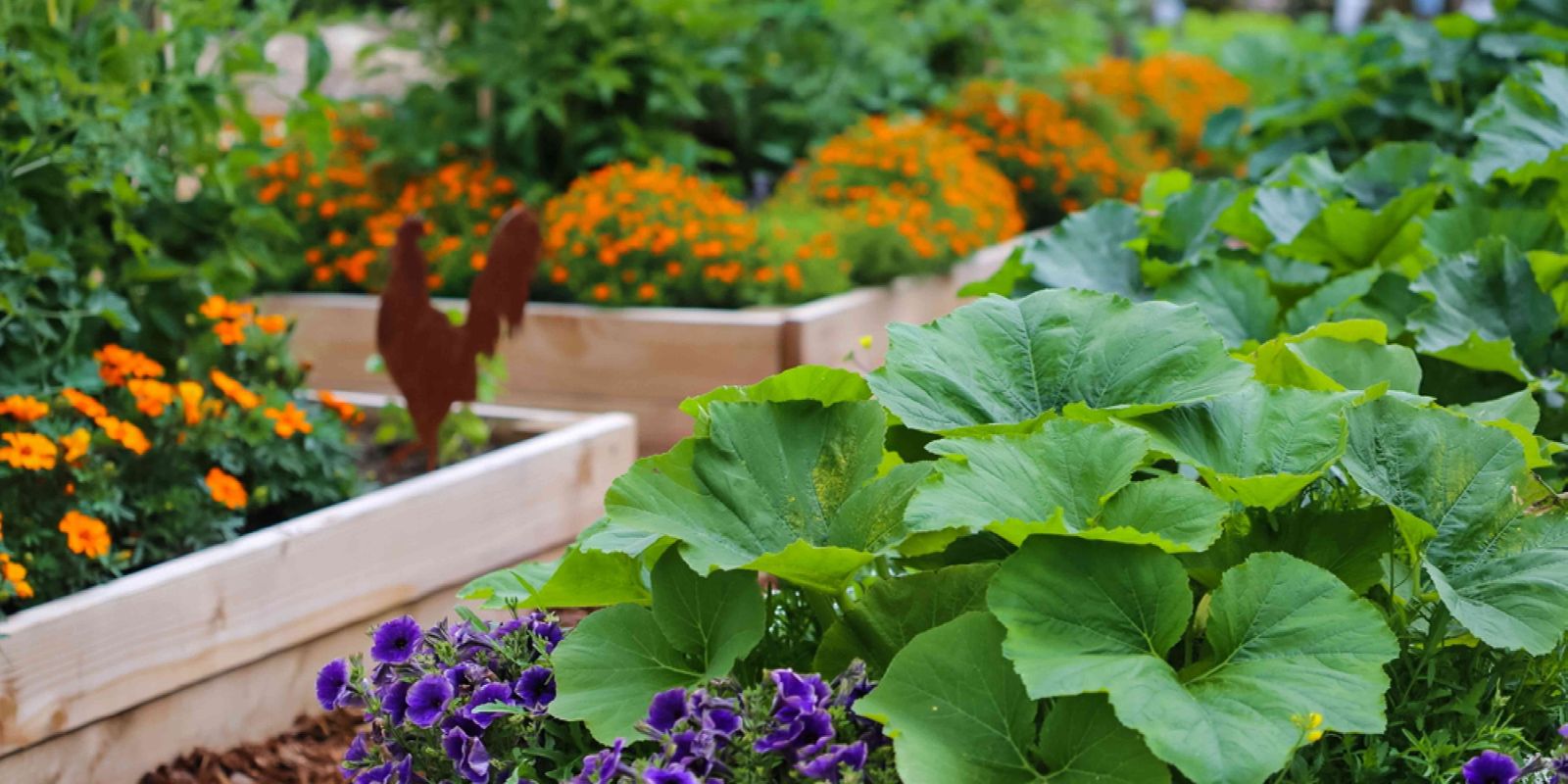In today’s urban environments and small living spaces, gardening can sometimes seem like a luxury rather than a practical pursuit. However, limited space doesn’t mean you have to forego fresh, homegrown vegetables. With clever techniques and a bit of planning, you can grow an abundance of vegetables in small areas. Here’s a comprehensive guide to five easy ways to maximize your vegetable yield in minimal space.
1. Embrace Vertical Gardening
1.1. What is Vertical Gardening?
Vertical gardening is a method of growing plants upward rather than outward. This technique is particularly useful in small gardens, balconies, and even indoors. By utilizing vertical space, you can significantly increase your growing area without expanding your garden footprint.
1.2. Types of Vertical Gardening
- Trellises and Arbors: These structures support climbing plants like tomatoes, cucumbers, and pole beans. Install them against walls or fences to create a lush, green backdrop.
- Wall Planters: Wall-mounted containers or pockets can hold herbs, lettuce, and smaller vegetables. They make excellent use of wall space and are perfect for urban environments.
- Hanging Baskets: Use hanging baskets or planters to grow trailing vegetables like cherry tomatoes or strawberries. They can be hung from hooks or ceiling mounts to free up ground space.
1.3. Tips for Vertical Gardening
- Choose Climbing Varieties: Opt for plants specifically bred to climb or trail. Ensure they have strong support to avoid damage or collapse.
- Provide Adequate Watering: Vertical gardens may require more frequent watering as the soil in containers can dry out faster.
- Ensure Proper Sunlight: Position your vertical garden in a spot that receives adequate sunlight, as vertical plants can sometimes be shaded by other structures.
2. Utilize Container Gardening
2.1. What is Container Gardening?
Container gardening involves growing plants in pots, tubs, or other containers rather than directly in the ground. This method is ideal for small spaces, including patios, balconies, and even indoor spaces.
2.2. Benefits of Container Gardening
- Mobility: Containers can be moved to optimize sunlight exposure or to protect plants from extreme weather.
- Soil Control: Containers allow you to control soil quality and drainage, which can lead to healthier plants.
2.3. Tips for Successful Container Gardening
- Choose the Right Containers: Ensure containers have drainage holes to prevent waterlogging. Select sizes appropriate for the plants you want to grow.
- Use Quality Potting Mix: Opt for a potting mix designed for container gardening to ensure good drainage and nutrient availability.
- Water Wisely: Containers can dry out quickly, so regular watering is essential. Consider using self-watering containers for added convenience.
3. Implement Square Foot Gardening
3.1. What is Square Foot Gardening?
Square foot gardening is a method of organizing your garden into small, manageable plots or squares. Each square is planted with a specific crop, and the layout maximizes space and reduces waste.
3.2. How to Set Up a Square Foot Garden
- Create a Grid: Divide your garden space into square feet using markers or garden grids. Each square will be planted with a different crop, based on the plant’s space requirements.
- Plant Intensively: Plant more densely than traditional gardening methods. For example, you might plant 16 radishes in one square foot or 1 tomato plant in another.
3.3. Benefits of Square Foot Gardening
- Efficient Use of Space: By maximizing planting density, you can grow more in less space.
- Reduced Weeding: The compact layout helps suppress weeds and reduces maintenance.
4. Practice Interplanting
4.1. What is Interplanting?
Interplanting involves growing different types of plants together in the same space. This method takes advantage of the natural growth patterns of plants to maximize yield and utilize space effectively.
4.2. How to Interplant Successfully
- Choose Compatible Plants: Pair plants that complement each other. For example, grow lettuce between rows of carrots, as lettuce matures quickly and provides ground cover.
- Consider Growth Patterns: Place taller plants, like tomatoes or corn, at the back or center of your garden and shorter plants, like herbs or radishes, in the front.
4.3. Benefits of Interplanting
- Increased Yield: By growing plants together that support each other, you can increase the overall yield of your garden.
- Pest Management: Some plants naturally deter pests or attract beneficial insects, reducing the need for chemical interventions.
5. Employ Succession Planting
5.1. What is Succession Planting?
Succession planting is the practice of planting new crops in the same space as soon as previous crops are harvested. This technique ensures that your garden remains productive throughout the growing season.
5.2. How to Implement Succession Planting
- Plan Your Crops: Choose crops with different maturation times. For example, after harvesting spring greens, plant a fast-growing crop like radishes or beans.
- Monitor Growth: Keep track of planting dates and harvest times to ensure timely planting of new crops.
5.3. Benefits of Succession Planting
- Maximized Productivity: By continuously planting and harvesting, you can make the most of your growing space and extend your harvest season.
- Efficient Use of Resources: Succession planting optimizes the use of soil and nutrients, reducing waste and improving garden efficiency.
Conclusion
Growing vegetables in limited space doesn’t have to be a challenge. By embracing vertical gardening, utilizing containers, implementing square foot gardening, practicing interplanting, and employing succession planting, you can maximize your vegetable yields and enjoy a productive garden. These techniques allow you to make the most of every inch of your space, ensuring a bountiful harvest no matter how small your garden area.
Motivational Sentence: Transform your small garden into a vegetable paradise with these space-saving techniques—grow more in less space and enjoy a bountiful harvest all season long! 🌿🌽 #UrbanGardening #SpaceSavingTips #VegetableGarden #GreenThumb #SmallSpaceGardening #GrowMore #GardenHacks

